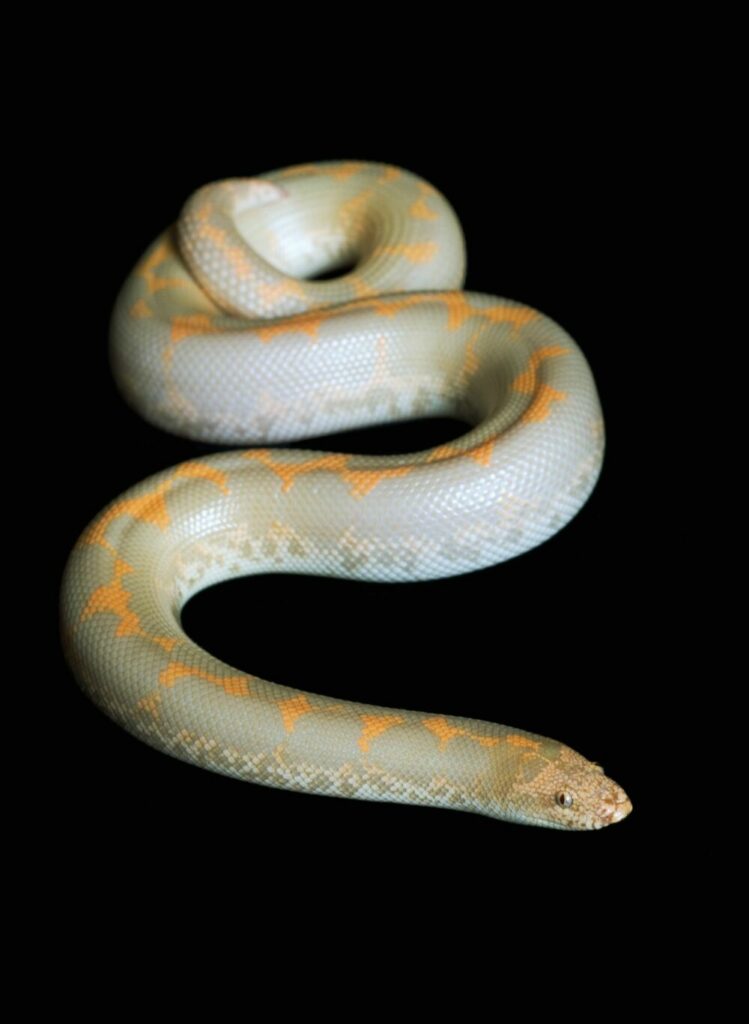

Large enclosures are necessary if a thermal gradient (areas of different temperatures) is to be established. A below-tank heat mat or bulb should be positioned so that one corner of the tank is warmer (to 88 F) that the rest. A ceramic heater or red/black reptile “night bulb” (these will also enable you to observe your gecko after dark) can be used to maintain these temperatures at night. The ambient air temperature should range from 78-88 F. Nocturnal lizards such as Leopard Geckos absorb Vitamin D3 from their diet, and do not need a UVB light source.

Adults may also be kept in this manner if you prefer. Newspapers, paper towels or washable cage liners should be used until their skills improve. Hatchlings are clumsy hunters, and tend to swallow sand. If you do choose to add sand, it is best to provide food in large bowls, or in a separate enclosure, so that ingestion is limited. You can mix in some dry grass to simulate a semi-desert environment.

Large gravel and stones, of a size that cannot be swallowed, are a good alternative. However, impactions due to swallowed sand are sometimes reported, and most pet keepers prefer to err on the side of caution. Sand has long been used as a substrate for adult geckos in zoos and private collections, and I’ve not had any problems with it in either setting. Uploaded to Wikipedia Commons by Ton Rulkens Please see “Humidity” and “Temperature” below for further information.Īs air flow is important for animals that are native to arid habitats, your terrarium should be equipped with a screen top. Several hide boxes or caves should be provided, preferably on both the cooler and warmer sides of the terrarium. Rocks and other heavy objects should always be placed on the terrarium’s floor, not on the substrate, so that lizards cannot tunnel below and be crushed. Leopard Geckos are ground-dwelling, but will utilize rocks and stout driftwood. A 30-55 gallon terrarium will accommodate a pair or trio. A single adult will get by in a 10-15 gallon aquarium, but a 20 gallon (long style) is preferable. Leopard Geckos are not overly-active (by lizard standards) but should be given as much room as possible. Aloes, Ox Tongue, Snake Plants and other arid-adapted species, all readily available, may be used to decorate Leopard Gecko terrariums. Leopard Geckos will do fine in simple homes, but naturalistic terrariums landscaped with rocks, driftwood and live plants make for stunning displays. Please see the article linked below for further information on Leopard Geckos in the wild. In the course of the year, temperatures may range from 41-104 F. Its habitat is characterized by sand, gravel, rocks, tough grasses and low shrubs (please see photo). The Leopard Gecko is found in southeastern Afghanistan, western India, Pakistan, Iraq, and Iran, where it frequents desert fringes and arid grasslands. Understanding an animal’s natural history is a critical first step in successful captive care and breeding. Uploaded to Wikipedia Commons by MKGeckos Natural History


 0 kommentar(er)
0 kommentar(er)
